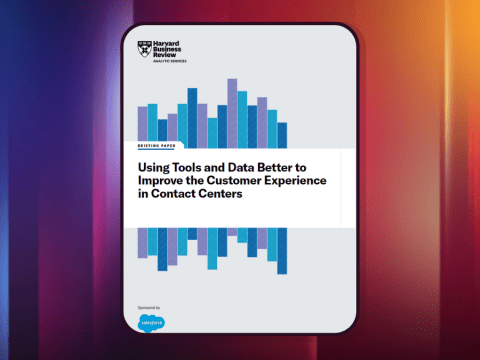
The investment industry has changed substantially over the last 40 plus years and much more so than the 200 years of its existence preceding that. In our adult lifetime, we have gone from stock brokers selling stocks and bonds on a fixed commission schedule to a myriad of delivery systems including discount brokers for those who wish to do it themselves and a complex mishmash of providers.
What course will the investment world chart and what will that mean to you? Like anything into the future, we can only conjecture. Some factors, though, seem influential. The digital age has transformed our entire world and this is no less true in the investment business. The investor has access to a dizzying array of information sources. And there is no scarcity of advisor models from which to choose if you wish guidance. In our opinion, there are some evident pitfalls. Let’s examine a few.
Building an uncoordinated investment portfolio based on diverse inputs of information and recommendations. This is called the “story stock” approach. The result often violates many of the textbook principles of portfolio construction, like over concentration or simply too many securities to manage. A well-crafted portfolio must reflect your reward needs based on a thorough analysis of what you are trying to accomplish. The portfolio must exhibit your desired risk tolerance level. You won’t stay with an investment plan if the volatility of its value gyrates more than you can stomach.
Accepting guidance from an individual or firm whose primary mission is to market its internally manufactured products. You must understand if the advisor’s business model is structured solely on your outcomes or is based on product sales considerations.
Depending on advisor guidance where the resources and personnel are inadequate. The world is moving too fast and the investor cannot be left behind because the advisor isn’t properly wired in or supported. The days of the “customer’s man” who did everything including hand posting his own records are over. Yet many investment firm models are still based on a work bench methodology. We don’t believe that will serve the investor well in today’s global, fast paced world.
Concentrating only on the portfolio and ignoring the financial planning considerations surrounding the investor. What purpose is served, for example, if a well performing investment portfolio is deteriorated by unnecessary income and estate taxes? Charitable and family gifting intent must be considered, not occasionally, but enduringly as portfolio decisions are made. Here is an example. If a high earning individual or couple gifts to their charity from their personal portfolio assets, they may not receive the full deduction come tax time because of current law. But if one of them gifts directly to the charity from a retirement plan and is over age 59 ½, it leaves the plan tax free and is not considered in the tax computation. Note that this is not a recommendation but rather an illustration of how all financial considerations come into play in all portfolio decisions.
Seeking guidance from a business model that is not in sync with your position and needs. For example, a young person may not find him- or herself comfortable gaining guidance from Dad’s advisor who can’t devote time to a fledgling investor or who is not digitally adept. Or Dad may have outgrown the brokerage sales organization and requires complete and unique guidance to help achieve success.
Resource Sponsored By

Please fill out the form to access the content








